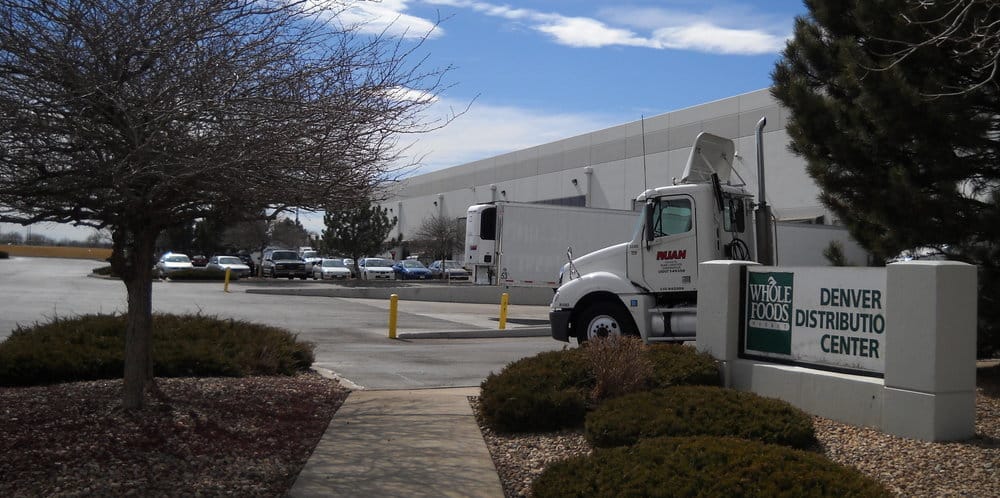
With refrigerated distribution warehouses, Whole Foods opens the door to growth in Amazon’s food delivery business
Amazon sent shock waves through the grocery business on Friday with its announcement that it will acquire Whole Foods in a deal valued at $13.7 billion, which includes assumption of Whole Foods’ debt. But the purchase may be giving Amazon something even more valuable than Whole Foods’ customers – a distribution network.
“Millions of people love Whole Foods Market because they offer the best natural and organic foods, and they make it fun to eat healthy,” said Jeff Bezos, Amazon founder and CEO. “Whole Foods Market has been satisfying, delighting and nourishing customers for nearly four decades – they’re doing an amazing job and we want that to continue.”
The deal gives Amazon something that it has been lacking in its push to expand its grocery business Amazon Fresh and also a leg up on Walmart, which according to at least one report was best positioned to handle the growing online grocery business.
“Based on our analysis, we determined that Wal-Mart was the winner (low exposure to Amazon Fresh/Prime Now markets and low EPS impact from exposure to those exposed markets),” Citi Research said. “Whole Foods Market came in last place overall in our analysis, largely due to their urban store exposure, which overlaps highly with Amazon Fresh and Prime Now, as well as their higher price points.”
“The deal is bad for FedEx and UPS as food will drive delivery density within the in-house Amazon last mile operation. Essentially they will layer parcels on top of the food delivery network. ”
Citi noted that 60% of Whole Food stores currently overlap with existing Amazon delivery markets while Walmart stores are located in just 23% of Amazon’s delivery markets.
Kroger also scored well in the Citi report, however, if Amazon is able to significantly grow its grocery business, Kroger, Target (which gets about one-third of its sales from grocery) and other grocers will feel pressure of falling sales, and truckload carriers contracted with those retailers could feel added rate pressure as volumes decline.
“Amazon will eventually be moving most of its freight in dedicated networks through local distribution points that have the option of self pickup,” Noel Perry, truck and transportation expert with FTR Intel, told FreightWaves. “This will reduce parcel volume [and] Whole foods will be an early example of this. It is good for the customers in that it reduces dependence on expansive parcel shipping. [Whether] it’s good for industry participants depends on one’s point of view.”
Online grocery shopping is predicted to grow into a $100 billion industry by 2025, according to a forecast from Food Marketing Institute and Nielsen.
And that burgeoning market is one that Amazon wants a major piece of. The acquisition of Whole Foods now gives Amazon a retail footprint and distribution facilities that include refrigeration, which will shorten its supply chain for Amazon Fresh products. Whole Foods has about 430 stores plus distribution facilities, many in areas where Amazon is already popular.
“It’s going to give them little warehouses all around the country in some of the big markets,” Michael Knemeyer, a professor of logistics at Ohio State University’s Fisher College of Business, told the Wall Street Journal.
Dave Beaird, a supply chain consultant, told the Journal that Whole Foods refrigerated storage space is a big boost to Amazon’s home delivery business.











